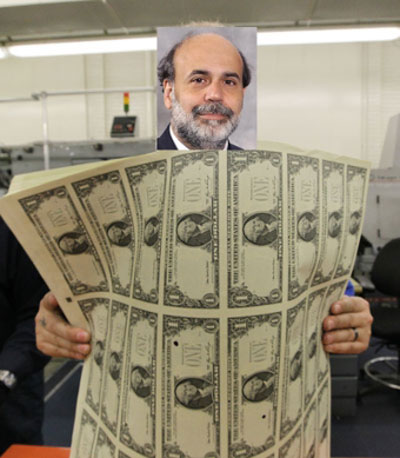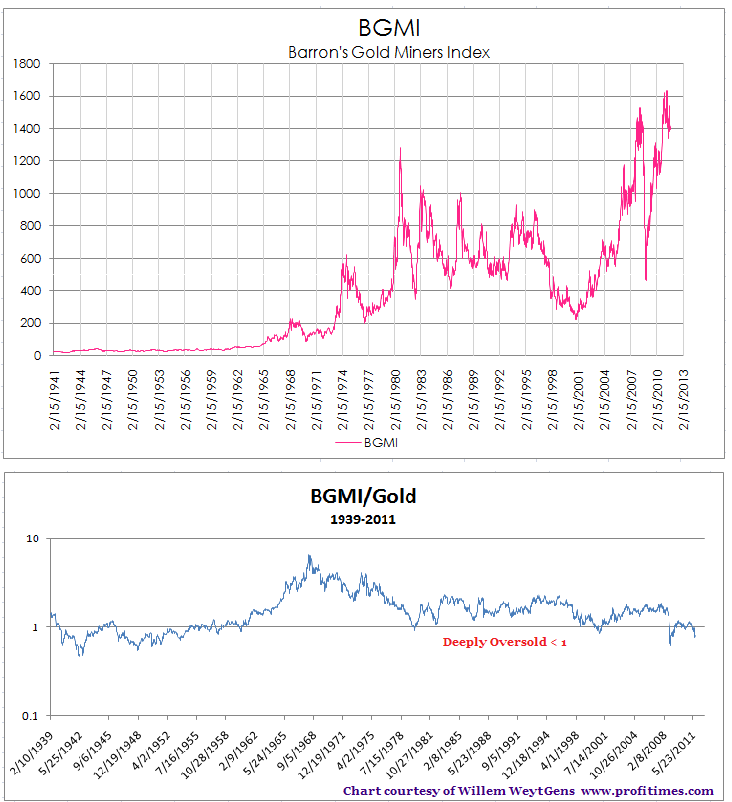Conversation with Paul Lountzis: Investing & Scuttlebutt Research. Keep checking www.simoleonsense.com to improve and learn.
I’m happy to share with you a conversation I had with my friend Paul Lountzis of Lountzis Asset Management. Over the years I’ve learned a lot about the art of scuttlebutt research from Paul. I asked him if he would share his insights with us, Paul agreed, and the rest as they say is history. Please leave your comments below the post and I’ll ask Paul to answer any questions or thoughts.
Guest Bio:
Prior to forming Lountzis Asset Management, LLC, Mr. Lountzis was employed by Ruane, Cunniff & Company, Inc., New York, NY, a registered investment adviser managing the Sequoia Mutual Fund as well as private accounts, from 1990 through 1999 as an analyst, and as a partner from 1995 through 1999.
Mr. Lountzis was an analyst at Royce & Associates, Inc., New York, NY from 1989 through 1990 where he evaluated small and mid-cap stocks for purchase in institutional accounts as well as various mutual funds including the Pennsylvania Mutual Fund.
Part 1: How Paul Became An Investor (click here for a direct link to the interview)
In part 1 Paul covers:
- Learning about Warren Buffett.
- Getting a job as a consultant, learning about competitive analysis ,& developing interviewing skills.
- Getting a job at Royce & Associates and discovering small cap stocks.
- Getting a job at Ruane, Cunniff, & Goldfarb.
Part 2: An Overview of Paul’s Scuttlebutt Process (click here for a direct link to the interview)
In part 2 Paul covers:
- Researching Freddie Mac and using proprietary research to make a contrarian call.
- Researching Progressive-talking with seasoned agents led to uncovering tipping points.
Part 3: Using Interviews While Researching Investment Opportunities (click here for a direct link to the interview)
In part 3 Paul covers:
- Studying companies and industries.
- The importance of curiosity & preparation in crafting questions.
- Types of questions to ask during interviews.
- Picking people to interview.
- The importance of uncovering differential insights.
- Learning about outdoor advertising and applying scuttlebutt to learn about the best companies in the space.
- Learning about Nike by talking with seasoned distributors.
- The importance of building long-term relationships with industry participants.
Part 4: Investment Mistakes & Sins of Omission (click here for a direct link to the interview)
In part 4 Paul covers:
- Mistakes of Omission.
- His extensive research of the HMO industry and missing an investment.
- The increasing importance of qualitative research as financial markets become more competitive.
I can’t wait to find the time to view the video interviews. Let me know what you think.
Tap Dancing to Work (Buffett)
Catch up on articles you may have missed on Buffett over the years. Go to www.fortune.com/buffettbook
For example, “Can you beat the market?” http://management.fortune.cnn.com/2012/11/21/buffett-beat-stock-market/





































